Coastal 101: How to Build a Raised Bed with Arch for Climbing Vegetables
April 23, 2022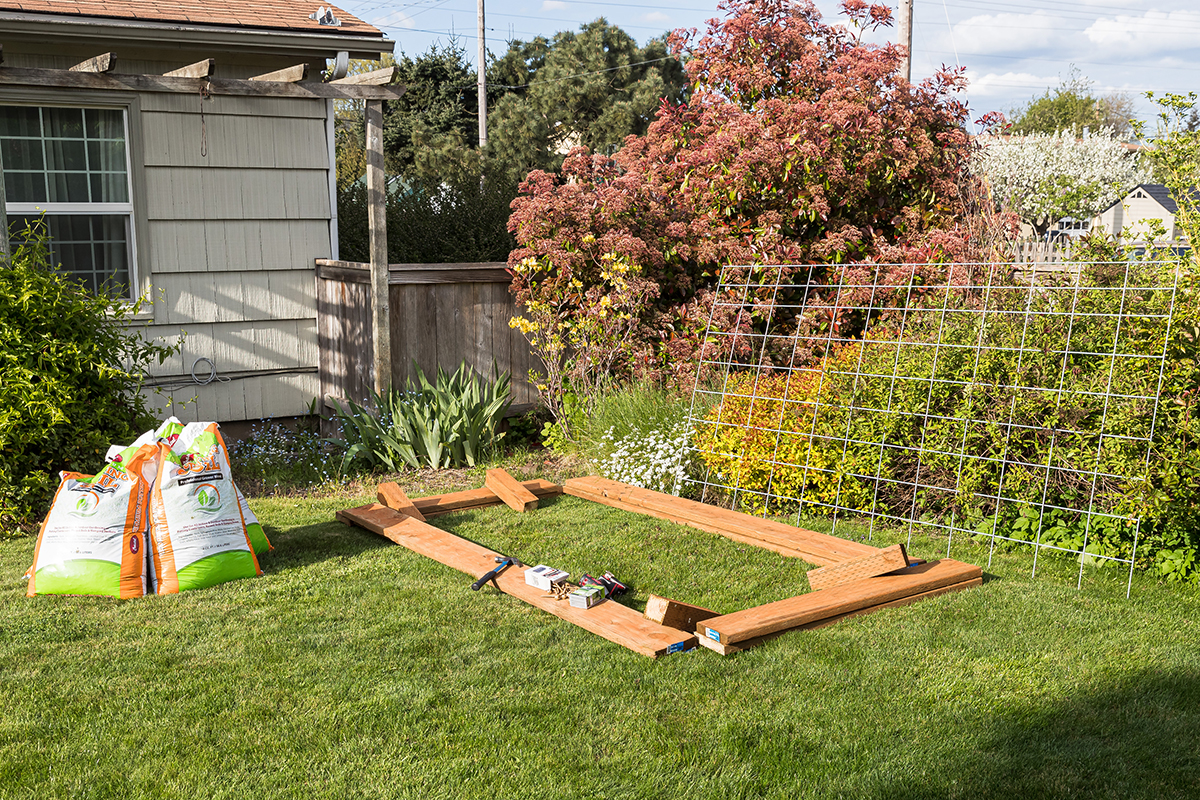
Peas, cucumbers, squash, as well as tomatoes are a favorite in gardens throughout the Northwest. With a place for them to climb, you could get a bigger harvest than ever before. Here’s a quick and easy way to build a raised bed and add an arch for climbing vegetables.
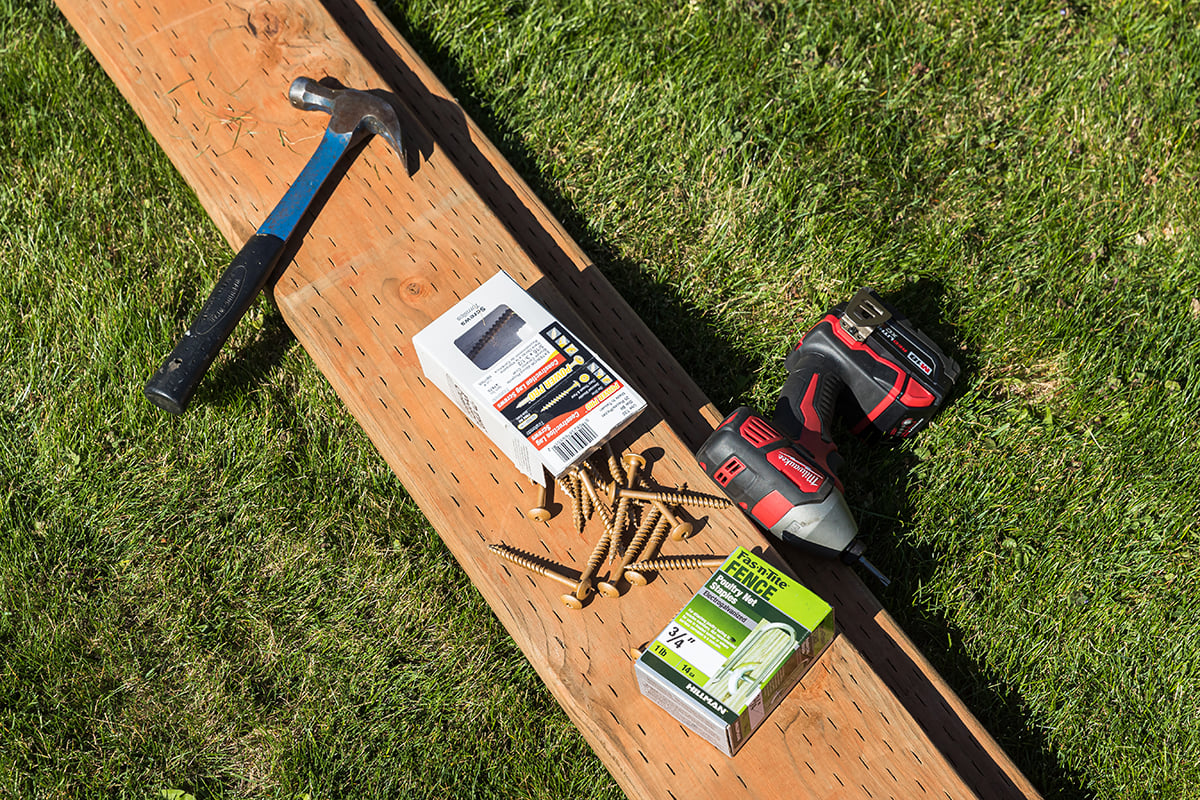

You’re going to need:
- Potting Soil
- Lag screws
- Fence Staples
- Impact driver
- Hammer
- Saw
- (4) 2x8x8 boards
- (4) 2x8x6 boards
- (4) 4x4 posts for corners (cut to 16” lengths)
- (1) 50-in x 8-ft Cattle Panel
Pick up a cattle panel and tools at your West Coast-owned and operated Coastal.
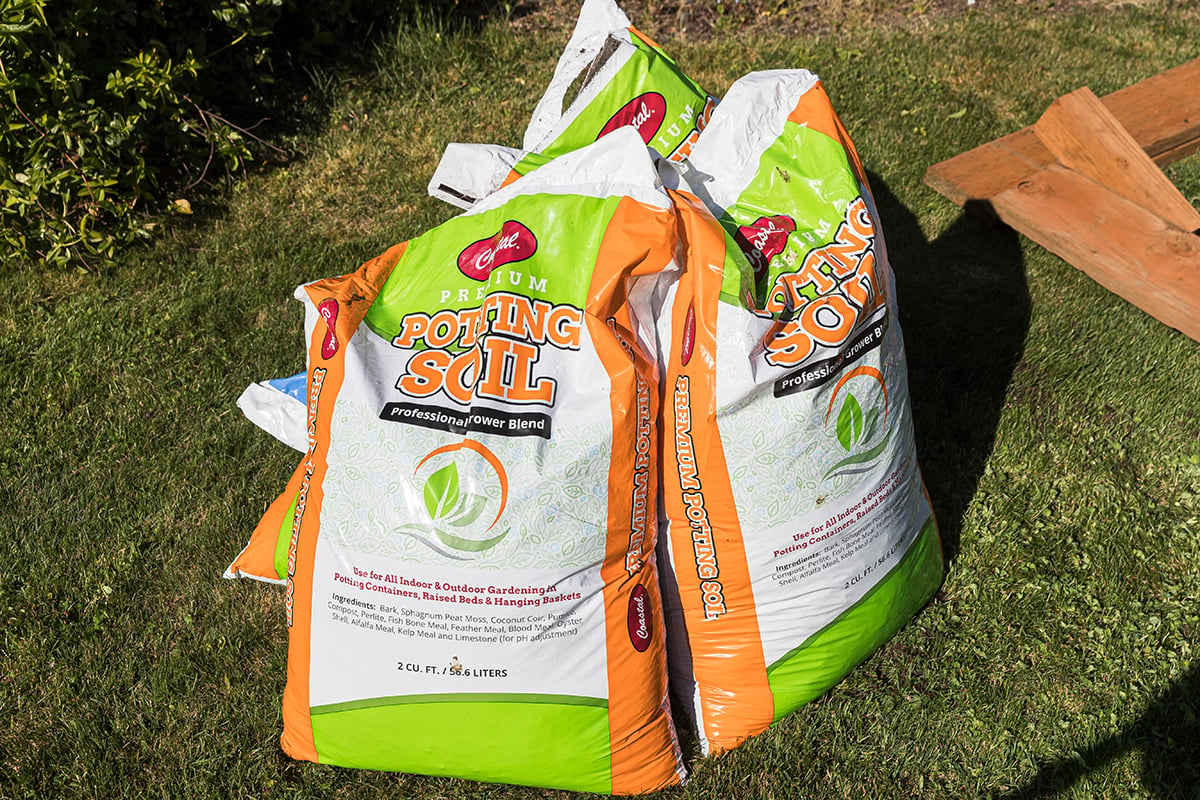
You’ll find plenty of potting soil at Coastal. You’ll need roughly 32 cubic feet of soil to fill your planter. We used 16-bags, each containing 2 cubic feet of dirt.
Editor’s Note: Raised beds are typically built with plain pine or cedar. Treated lumber was used to create the raised bed featured here. While there have been concerns with chemicals leaching into the soil and vegetation from treated lumber, Oregon State University Extension Service states that harmful chemicals in pressure-treated lumber (specifically CCA-treated materials) were restricted by the EPA in 2004. Read the full OSU answer to the question of treated lumber here.

To start, attach a 2x8x8 board to a 4x4 post with lag screws. Then attach a 2x8x6 to the next corner.

Attach all four corners so that you create a rectangle.

Now, attach the top row of boards in the same way you attached the bottom row. You may need to readjust the corners to ensure everything is lined.
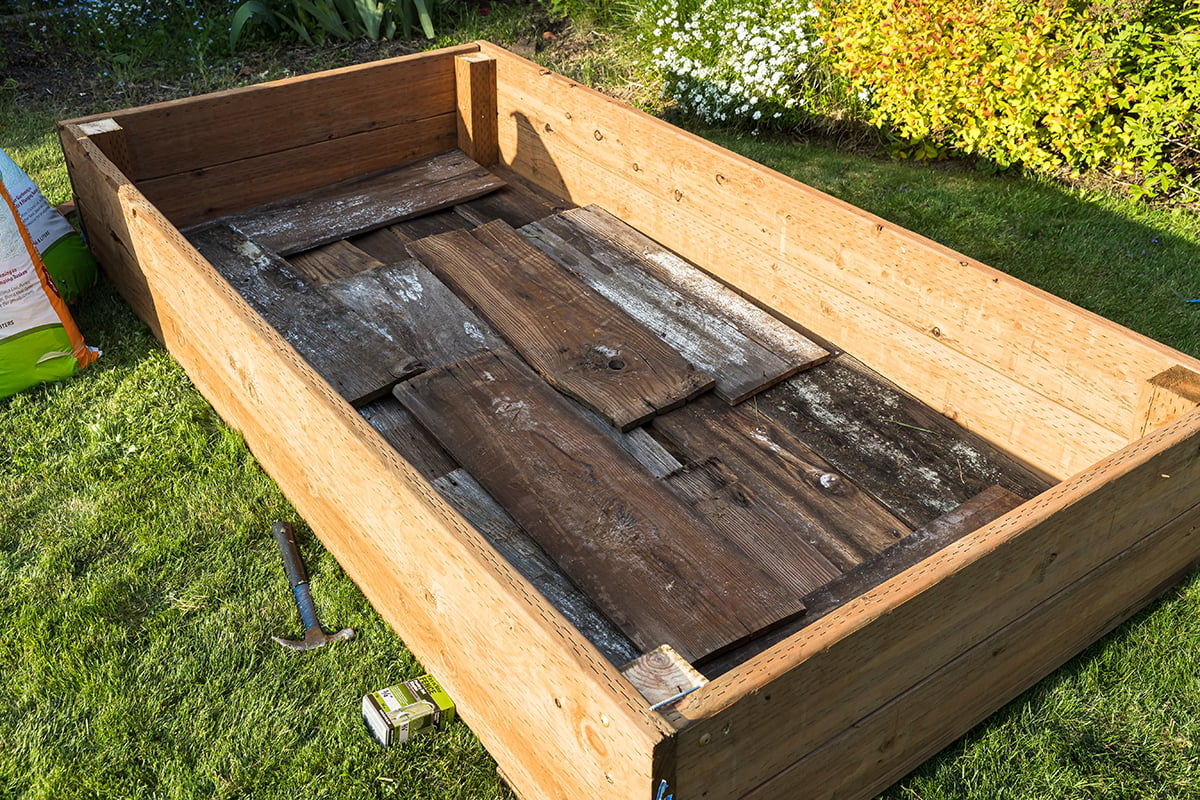
You’ll want to block out weeds from below. Depending on what you use, you’ll also block critters that might want to get at your vegetables. We used scraps of cedar planks. Another more sustainable option is to use cardboard (not shown). Cardboard breaks down faster and allows roots to push through to the soil below, allowing worms to help foster a nutrient-rich raised bed.
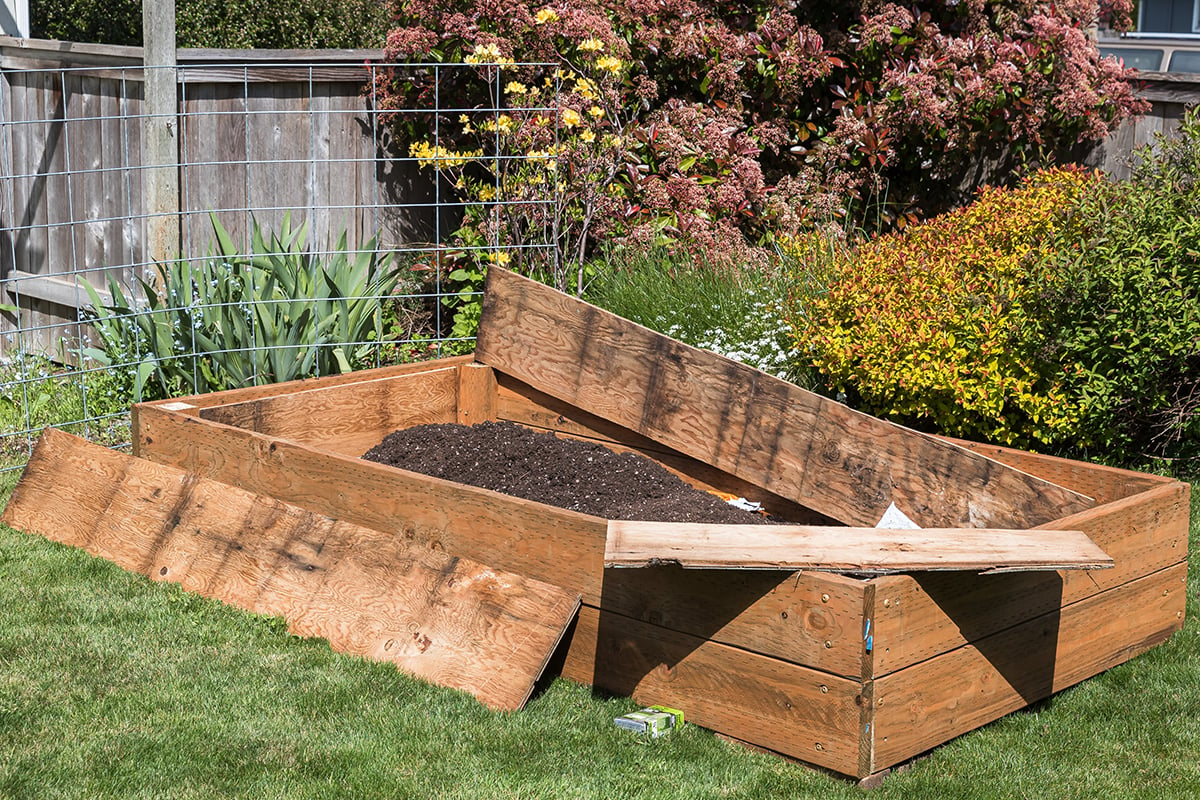
Line the inside of your box with scraps of plywood to create a barrier between the pressure-treated wood and your garden soil.
The plywood is installed. We’re ready to add some soil.
Fill your box up with garden soil, leaving about 5” of space between the top of your dirt and the top of the box. 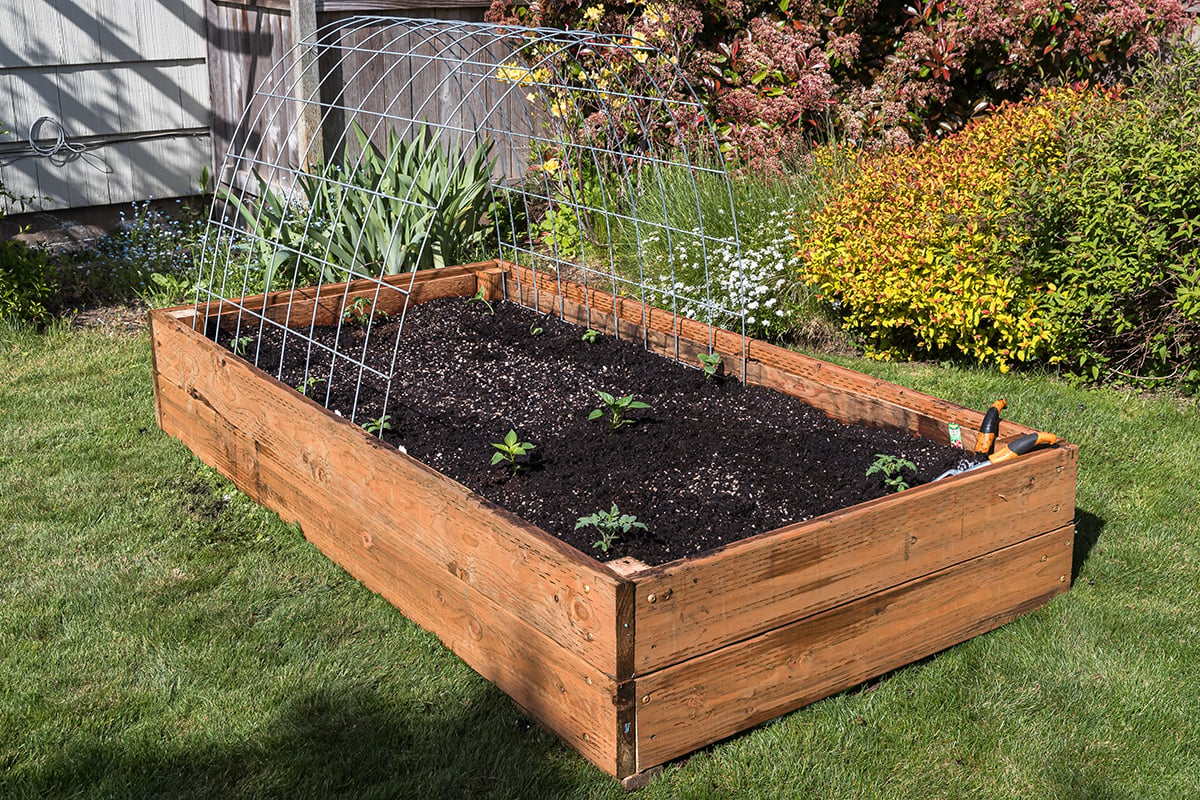
To add the cattle panel, inset one end between the soil and the inside of the box. You’ll want to go all the way to the bottom of the raised bed. Now, carefully bend the long side of the panel and insert the other end into the opposite side of the raised bed. Finally, plant your vegetables so they have access to their new climbing arch.
Coastal Carries Garden Supplies (and more)
From soil and starts to hoses, tools, fertilizer, and diatomaceous earth, Coastal can help you get your garden growing. Have questions about other uses for cattle panels in your garden, including climbing walls? Stop by and ask. Our folks love to share what they know.
